Folks seem to like my latest bit of advice for aspiring designers: Learn Thinky Things.
I coined this advice (with an unconscious assist from Marc Maron, I suspect) as part of an off-the-cuff remark during UX Content Office Hours. Someone asked whether content designers need to learn Figma, a popular tool for front-end design. I shared my response as a video recently, which ended up being wildly timely when it was announced that Adobe was acquiring Figma for an incomprehensible amount of money.
Learn Thinky Things is the gist of an only slightly larger sentiment, which is that I think designers are well-served to learn conceptual methods and frameworks — thinky things — and then apply those methods and frameworks with whatever tools are available to them. People seem to love Figma, and I’ve never minded it, but “using Figma” is not a description of a design activity.
I find myself in the minority somewhat amongst my design peers as not having an emotional response to this news. I don’t have any stronger feelings about Adobe versus Figma than I do about Makita versus DeWalt. The design team I was on most recently used Figma, and I thought it was just fine. I was able to access things easily in my browser, and click inside of rectangles and type, and I sometimes even made my own rectangles. But if those words and rectangles were in another tool, the actual work I was doing, the thinking, the investigating, the imagining, the solving, just would not have really worked any differently. My most used UX writing tool is still Pastebot, and I am still endeavoring to carry less.
This essay originally appeared in this issue of my personal newsletter, You Get Email from Scott Kubie.

